Introduction
In the vast culinary landscape of China, numerous traditional dishes have stood the test of time, each carrying a unique flavor and historical significance. Among these, oil-bottomed pork (Youdi Rou) holds a special place, especially in Sichuan cuisine, where it is renowned for its rich, tender texture and deep, savory taste. This dish, also known as “oil-immersed pork” or “preserved pork in oil,” is a perfect example of Chinese food preservation techniques combined with culinary artistry.
Originating from the ancient Chinese practice of preserving meat using salt, oil, and time, oil-bottomed pork has evolved into a delicacy enjoyed not only in Sichuan but also across China and beyond. Its preparation involves a meticulous process that ensures the meat remains moist, flavorful, and free from spoilage for extended periods. This article will delve into the intricacies of making oil-bottomed pork, from selecting the right ingredients to the final preservation steps, offering a comprehensive guide for food enthusiasts and home cooks alike.
Understanding Oil-Bottomed Pork
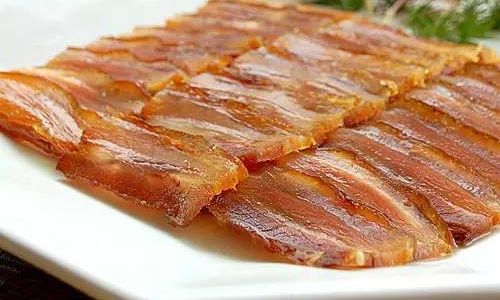
Before diving into the recipe, it’s crucial to understand what makes oil-bottomed pork unique. The dish is characterized by its use of large pieces of pork, typically the belly or shoulder, which are first seasoned with salt and spices, then slowly cooked until tender. Once cooked, the meat is submerged in a bath of hot oil, which acts as a natural preservative, locking in moisture and flavor while preventing bacterial growth.
The oil used is usually a blend of vegetable oils, such as rapeseed or peanut oil, chosen for their neutral flavor and high smoking point. This ensures the oil remains stable at high temperatures without developing off-flavors or becoming rancid. The result is a dish that can be stored for months, ready to be enjoyed at any time with minimal preparation.
Ingredients and Equipment
Making oil-bottomed pork requires a few key ingredients and some specialized equipment. Here’s a detailed list:
Ingredients:
- Pork Belly or Shoulder: Choose a piece with a good fat-to-meat ratio for optimal texture and flavor. About 2-3 kilograms (4.4-6.6 pounds) is ideal for a standard batch.
- Salt: Use coarse sea salt or kosher salt for better flavor penetration.
- Spices: Common spices include Sichuan peppercorns, star anise, cinnamon sticks, and cloves. These add layers of aroma and taste to the meat.
- Sugar: A small amount of sugar helps balance the saltiness and enhances caramelization.
- Shaoxing Wine (optional): This Chinese rice wine adds a subtle sweetness and complexity to the dish.
- Vegetable Oil: A neutral-flavored oil with a high smoking point, such as rapeseed or peanut oil, is best. You’ll need enough to fully submerge the meat.
- Ginger and Garlic: These aromatics add freshness and depth to the seasoning.
Equipment:
- Large Pot or Dutch Oven: This will be used for boiling and simmering the meat.
- Shallow Tray or Dish: For cooling the meat after cooking.
- Large Jar or Container: With a tight-fitting lid, for storing the oil-bottomed pork.
- Thermometer: To monitor the oil temperature during the preservation process.
- Chef’s Knife and Carving Fork: For handling and slicing the meat.
- Clean Cloths or Paper Towels: For drying the meat and wiping down surfaces.
Step-by-Step Recipe
Now, let’s dive into the detailed recipe for making oil-bottomed pork.
Step 1: Preparing the Meat
-
Cleaning the Meat: Start by rinsing the pork under cold running water to remove any surface impurities. Pat it dry thoroughly with clean cloths or paper towels.
-
Scoring the Fat: If using pork belly, score the fat cap in a crosshatch pattern, being careful not to cut into the meat itself. This will help render the fat more evenly during cooking.
-
Seasoning: In a small bowl, mix together the salt, sugar, and spices. Rub this mixture evenly over the entire surface of the meat, ensuring all areas are well-coated. If using Shaoxing wine, drizzle a little over the meat and rub it in.
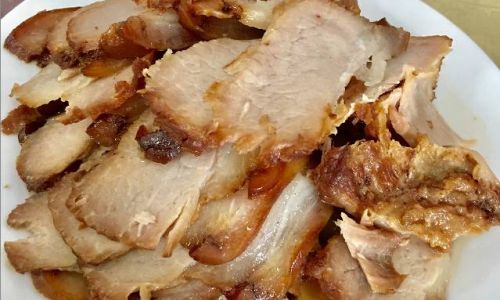
-
Marinating: Place the seasoned meat in a non-reactive container or cover it with plastic wrap and let it marinate in the refrigerator for at least 24 hours, preferably 48 hours, to allow the flavors to penetrate deeply.
Step 2: Cooking the Meat
-
Boiling: Fill a large pot or Dutch oven with enough water to fully submerge the meat. Bring the water to a boil over high heat. Add the marinated meat, along with any remaining seasoning from the marinade, and bring the water back to a boil. Skim off any foam or impurities that rise to the surface.
-
Simmering: Reduce the heat to low and let the meat simmer gently, uncovered, for about 1-1.5 hours, or until it is cooked but not falling apart. A meat thermometer inserted into the thickest part should read between 145°F (63°C) and 160°F (71°C).
-
Cooling: Carefully remove the meat from the pot and place it on a shallow tray or dish to cool slightly. Let it cool to room temperature before handling further.
Step 3: Preparing the Oil
-
Heating the Oil: While the meat is cooling, pour the vegetable oil into a clean, large pot or Dutch oven. Heat the oil over medium-high heat until it reaches about 300°F (149°C). This temperature is crucial for sanitizing the oil and ensuring it’s hot enough to preserve the meat.
-
Testing the Oil: Use a thermometer to monitor the oil temperature accurately. Once it reaches the desired temperature, maintain it there for a few minutes to ensure the oil is fully heated.
Step 4: Submerging the Meat in Oil
-
Drying the Meat: Ensure the meat is completely dry before submerging it in the oil. Any moisture can cause the oil to splatter or reduce its effectiveness as a preservative.
-
Submerging: Carefully lower the meat into the hot oil using a carving fork or slotted spoon. The oil should immediately begin to bubble around the meat. If the oil splatters excessively, reduce the heat slightly.
-
Cooling the Oil: Once the meat is fully submerged, reduce the heat to low and let the oil cool slowly to room temperature. This process can take several hours, so be patient. It’s important not to rush the cooling process, as rapid cooling can cause condensation, which can lead to spoilage.
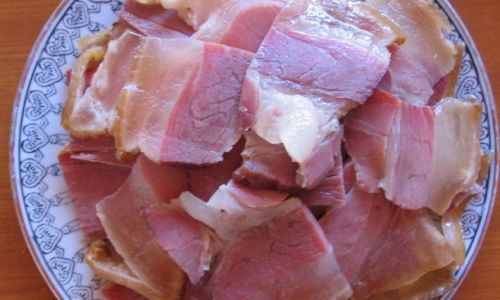
Step 5: Storing the Oil-Bottomed Pork
-
Transferring to a Storage Container: Once the oil has cooled completely, carefully transfer the meat and oil to a clean, large jar or container with a tight-fitting lid. Ensure there is no excess headspace in the container to minimize exposure to oxygen.
-
Sealing and Storing: Secure the lid tightly and store the oil-bottomed pork in a cool, dark place. Ideally, it should be kept at a constant temperature between 50°F (10°C) and 60°F (16°C).
-
Shelf Life: Properly prepared and stored, oil-bottomed pork can last for several months, even up to a year. Always use clean utensils when removing portions to avoid contamination.
Serving Suggestions
Oil-bottomed pork is incredibly versatile and can be enjoyed in various ways. Here are a few serving suggestions:
- Steamed Buns: Slice the meat thinly and serve it with steamed buns (mantou) for a traditional Sichuan street food experience.
- Noodles: Add slices of oil-bottomed pork to a bowl of hot noodles, topped with soy sauce, chili oil, and chopped scallions.
- Rice Dishes: Use the meat as a topping for fried rice or stir-fried vegetables and rice.
- Salads: For a modern twist, thinly slice the meat and incorporate it into a salad with mixed greens, vinaigrette, and crunchy vegetables.
Conclusion
Making oil-bottomed pork is a labor of love that rewards patience and attention to detail. The result is a dish that transcends time and place, offering a taste of China’s rich culinary heritage. Whether enjoyed as a standalone meal or incorporated into various dishes, oil-bottomed pork offers a unique combination of flavors and textures that is sure to delight the palate.
For those who embark on this culinary journey, remember that the key to success lies in meticulous preparation, careful cooking, and proper storage. With these principles in mind, you’ll be well on your way to creating a traditional delicacy that can be enjoyed and appreciated by friends and family for generations.
As you delve deeper into the world of oil-



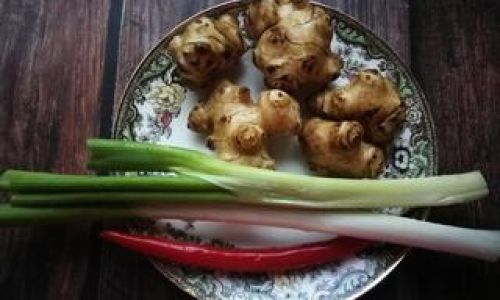
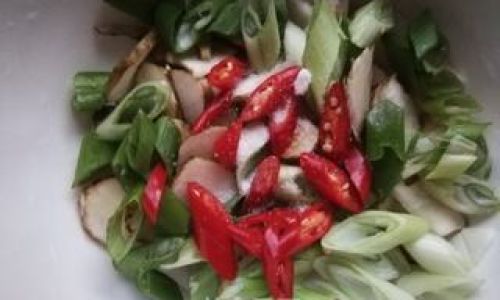

0 comments